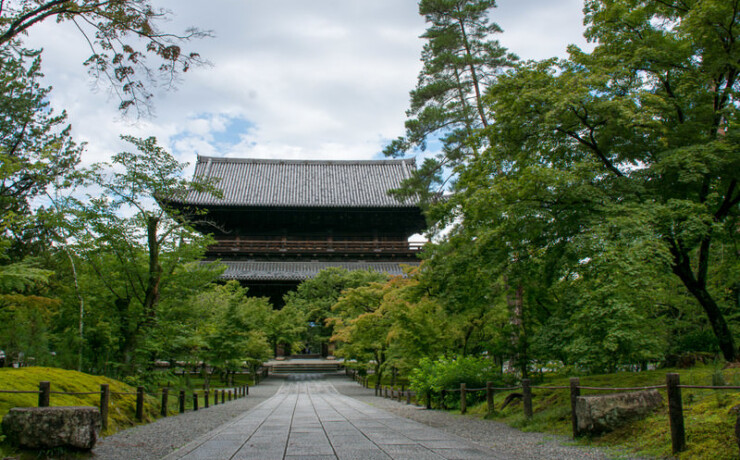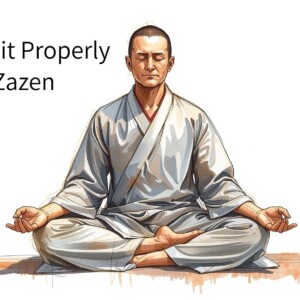
How to End a Zazen Session Gently: Transitioning with Mindfulness
Zazen, or seated meditation in the Zen tradition, invites us into deep stillness and presence. But just as the beginning of a session deserves mindfulness, so too does the ending. How you end a Zazen session can significantly influence how you carry the practice into your day.
Rather than jumping up the moment the timer rings, a gentle transition helps preserve the calm, clarity, and groundedness cultivated during meditation. In this article, we’ll explore the best practices for ending a Zazen session with care and mindfulness.
Why Ending Gently Matters in Zazen
The moments right after meditation are delicate. Your body is still, your mind is quiet, and your breath is slow. Rushing to resume your day can create jarring contrast and dilute the benefits of your practice.
Learning how to end a Zazen session gently helps:
-
Integrate the meditative state into daily life
-
Prevent physical strain or dizziness
-
Preserve mindfulness as you move into action
-
Deepen your appreciation for the practice
1. Take a Few Conscious Breaths
When the session ends, don’t move immediately. Remain seated with your eyes lowered or gently open, and take three to five deep, conscious breaths. This anchors you in your body and begins the transition from stillness to movement.
Let your breath rise and fall naturally, without control—just noticing the sensation of being present, awake, and at ease.
2. Gently Move Your Body
After sitting still, especially in traditional postures like half-lotus or seiza, your body may feel tight or numb. Begin to move slowly:
-
Wiggle your fingers and toes
-
Rotate your wrists and ankles
-
Roll your shoulders gently
These small movements help awaken circulation and prevent strain when you stand.
3. Bow with Gratitude
In traditional Zen practice, it’s customary to bow at the end of a session. This simple act is not religious—it’s a gesture of respect and gratitude: for the practice, for yourself, and for the present moment.
Place your hands together in gassho (prayer position), take a slow breath, and bow. Even if you’re alone, this ritual reinforces mindfulness and humility.
4. Stand Slowly and Mindfully
When you’re ready, rise with intention. Press one hand to the floor for support, especially if your legs feel stiff. Keep your awareness on the sensation of shifting from sitting to standing.
Avoid rushing. The act of standing becomes part of the practice itself—a continuation of Zazen, not an ending.
5. Carry the Stillness into Your Next Action
What you do immediately after Zazen matters. Instead of checking your phone or jumping into tasks, choose a mindful transition:
-
Make a cup of tea slowly
-
Walk in silence
-
Write down an insight
-
Stretch with awareness
This keeps your inner stillness alive and extends the benefits of meditation into everyday life.
Final Thought: The End Is Part of the Practice
Knowing how to end a Zazen session gently is just as important as knowing how to begin. It honors the integrity of your practice and helps bridge the gap between cushion and daily life.
In Zen, there is no real beginning or end—only this moment, and your full presence within it.
🌿 Want to go deeper into Zen and mindful living?
Explore ZEN for LIFE — a gentle guide to bringing presence, simplicity, and calm into your everyday routine.
Now available on Kindle.
#ZENforLIFE #MindfulLiving #EverydayZen










この記事へのコメントはありません。